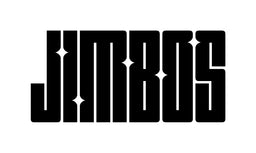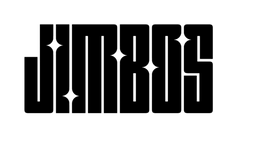What Grit Pad Should You Use for Paint Correction?
Choosing the right pad can make or break your paint correction results. Here’s a breakdown of what grit level you should actually use—and why it matters.
Understanding Grit vs. Pad Type
In paint correction, "grit" isn’t about sandpaper. It refers to the aggressiveness of the pad and compound combo. The more aggressive the pad, the more correction power—but also more risk if you don’t finish it properly.
Common Types of Pads (By Grit Level)
- Heavy Cut Pads: Usually microfiber or coarse foam. Great for removing oxidation and deep swirls.
- Polishing Pads: Medium-density foam or hybrid wool. Ideal for light imperfections and refining after compounding.
- Finishing Pads: Soft foam or ultra-soft microfiber. Used for final gloss enhancement and ceramic coating prep.
Which Pad Do You Start With?
Always start with the least aggressive pad and work your way up if needed. You’re trying to correct the paint, not remove unnecessary clear coat.
Pad + Product Combo Matters
The pad alone doesn’t do the work—pairing it with a good one-step polish like Picture Perfect Polish is key. That way, you get both cutting power and a great finish in one pass.
Our Favorite Grit Range for Most Cars
For 90% of daily drivers with moderate swirls, a medium-cut foam pad with a one-step polish is the sweet spot. You’ll get correction and gloss without chasing your tail.
Simplify Paint Correction with Picture Perfect Polish
Tired of switching products and pads? Picture Perfect Polish delivers great cut and finish in one step—pad dependent and no dusting.
Final Thoughts
Don’t overthink it. Start mild, check your results, and step up your pad only if needed. A one-step polish paired with the right pad gives you pro-level correction—fast and safe.



